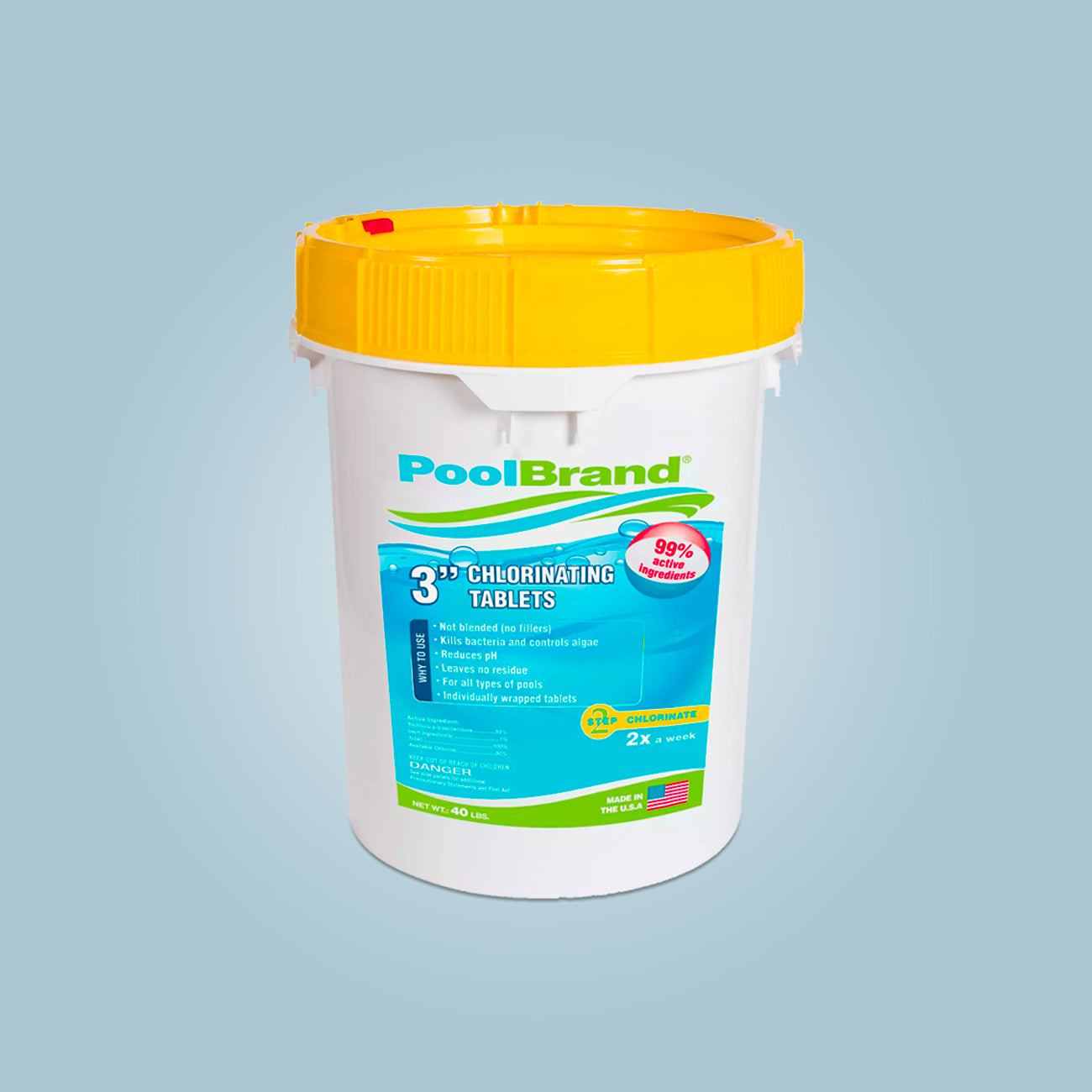Raypak Digital Heater Highlights
The sleek and stylish Raypak digital gas pool and spa heater features innovative technology designed to keep your pool or spa at the perfect temperature for your enjoyment. Built to withstand various weather conditions, this modern pool and spa heater is the perfect solution for environments requiring efficiency, convenience and versatility.thanks to a brilliant low-profile design, corrosion resistant cabinet made of galvanized metal, copper fin tube heat exchanger, and a bevy of advanced-engineered materials, enjoying your heater year round is a breeze.
Our Digital Gas Pool and Spa Heater includes various application options based on fin tube materials including: copper and cupronickel, both available as ASME1.
Equipped with an intelligent control system that can easily be tied into an existing remote system, our heater also features a microprocessor-controlled thermostat for setting the perfect temperature for your pool or spa.
Whether upgrading your existing system or adding a new pool or spa to your home, the Raypak Digital Gas Pool and Spa Heater offers you flexible installation solutions.
Bonus: The self-adjusting burner compensates for gas pressure fluctuations, ensuring that the heater will always burn clean and safe.





